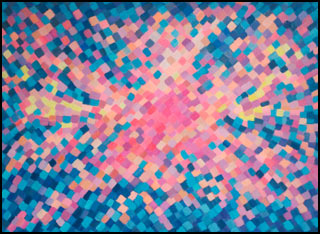A lesson in Photography often overlooks the famous acronyms of DPI and PPI. Two things that often confuse the heck out of people. Why is it that some images show on your computer at 72 DPI when you set your camera to the highest resolution? And How does DPI differ from PPI, I mean, can one letter in the acronym really make all that different? YES. Let’s gander at the answer to these questions, shall we?

![]()
Let’s start with PPI. Pixels per Inch. This will affect the print size of your photo and will in turn affect the quality of the output. If there are too few pixels per inch, then the pixels will be very large and you will get a very pixilated image, thus affecting the quality of the output. There are 2 ways that you can change the print size, by resampling or by not resampling. Not resampling is what you generally want to do; this will only change the size of the print out. Using resampling will actually change the number of pixels (and thus the file size) in order to match the print size.
DPI on the other hand refers only to the printer — Dots per Inch. Every pixel output is made up of different colors of ink (generally 4 or 6 colors — depending on your printer). Due to the small amount of colors available, the printer needs to be able to mix these inks to make up all the colors of the image. So each pixel of the image is created by a series of tiny dots. A high DPI printer has more dots making up each pixel, and thus a higher and better quality image output. Vice versa for a lower quality DPI printer.
People often use the terms of DPI and PPI as one common one, which is really not the case. They are both different, and thus should be used as so.
PHOTOGRAPHY FORUM LINK: http://www.photography.ca/Forums/showthread.php?p=11200


